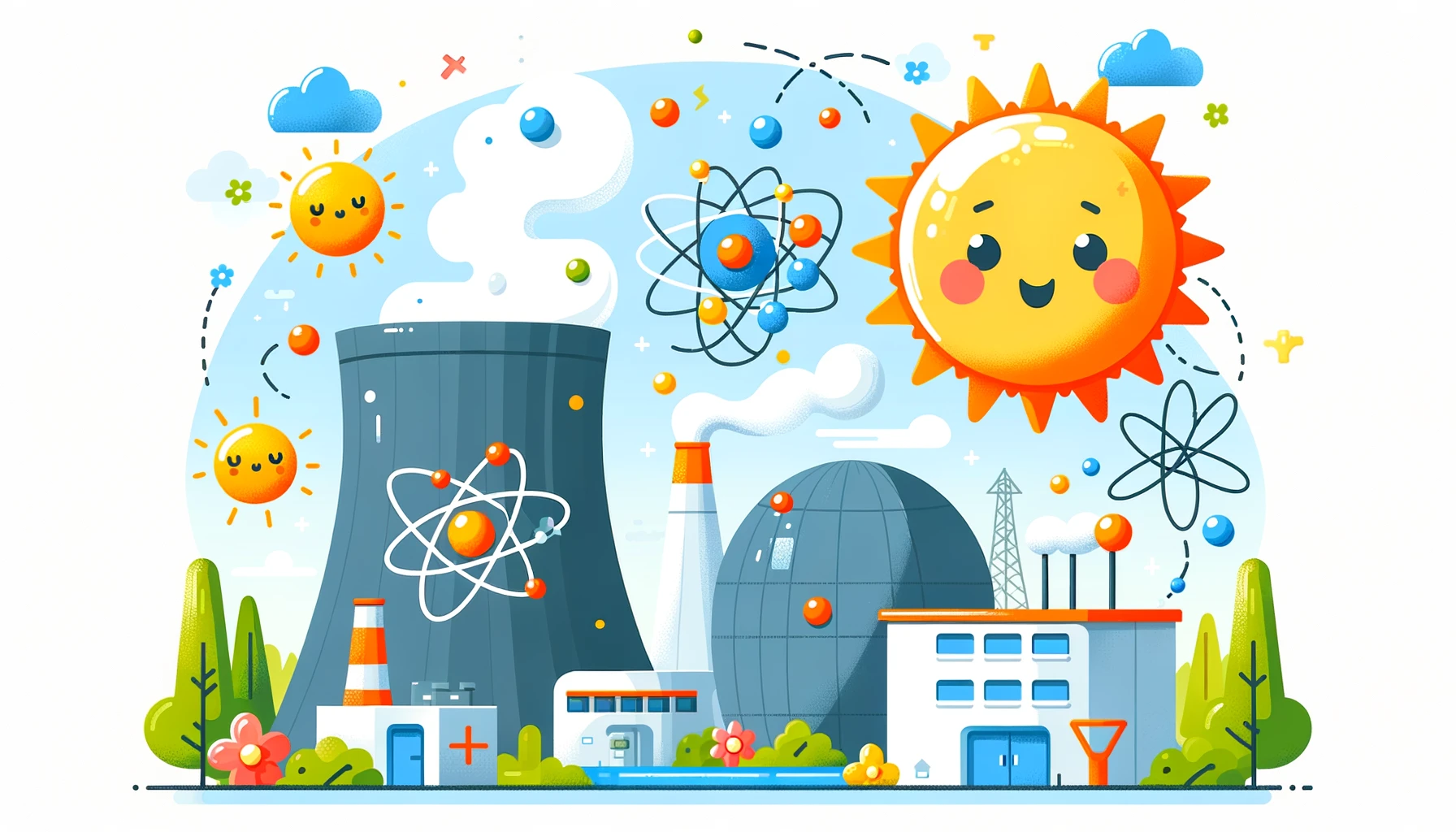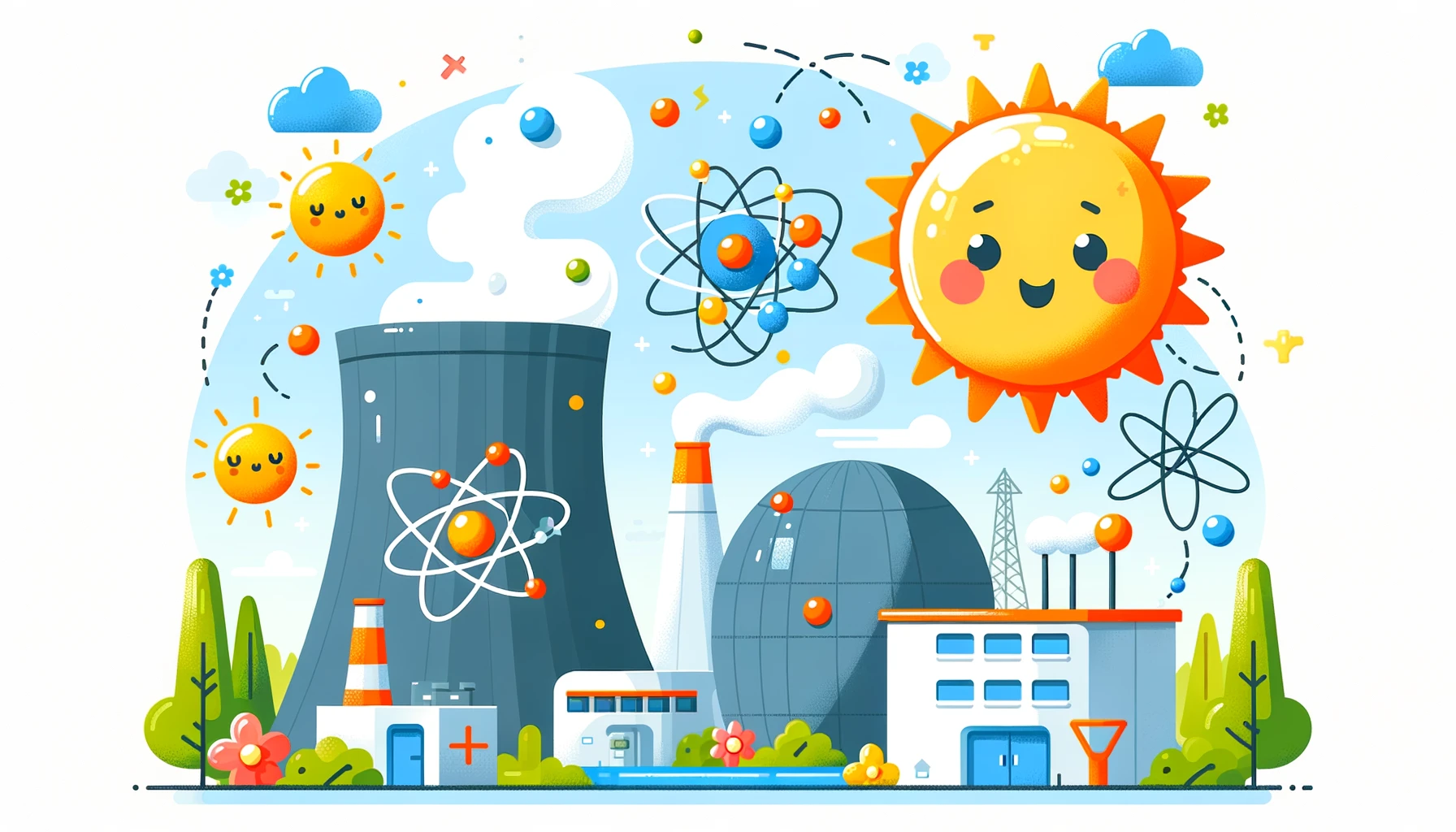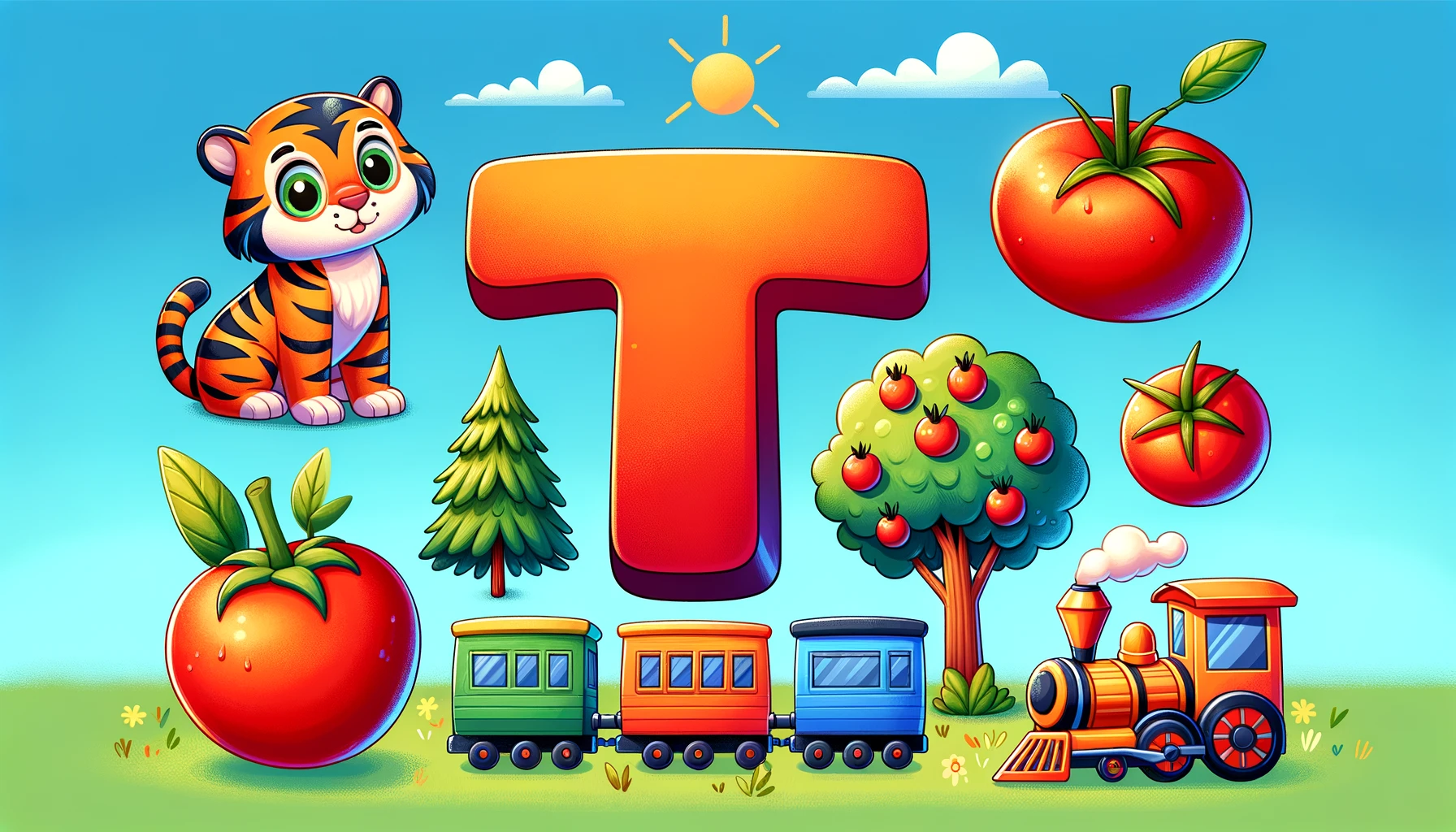How Nuclear Energy Works: A guide
How Nuclear Energy Works: A guide
Table of Contents
- Introduction to Nuclear Energy
- The Science Behind Nuclear Energy
- Nuclear Fission: The Primary Process
- Nuclear Reactors: How They Operate
- Types of Nuclear Reactors
- Nuclear Fuel Cycle
- Safety Measures in Nuclear Energy
- Benefits and Challenges of Nuclear Energy
- Future of Nuclear Energy
- Conclusion
- References
How Nuclear Energy Works: A Guide
Introduction to Nuclear Energy Nuclear energy is a powerful and efficient source of electricity that is generated through nuclear reactions. It plays a significant role in meeting global energy needs while reducing greenhouse gas emissions. This guide explores how nuclear energy works, from the basic principles to the technologies that harness it.
The Science Behind Nuclear Energy Nuclear energy is based on the principles of nuclear physics, particularly the reactions that involve changes in the nucleus of an atom. The two primary types of nuclear reactions are nuclear fission and nuclear fusion:
- Nuclear Fission: The process of splitting a heavy atomic nucleus into two smaller nuclei, releasing a large amount of energy.
- Nuclear Fusion: The process of combining two light atomic nuclei to form a heavier nucleus, also releasing energy. Fusion is the reaction that powers the Sun, but it is not yet commercially viable for energy production on Earth.
Nuclear Fission: The Primary Process Nuclear fission is the primary process used in nuclear power plants to generate electricity:
- Fission Reaction: In a nuclear reactor, a heavy isotope such as uranium-235 or plutonium-239 absorbs a neutron and becomes unstable. This instability causes the nucleus to split into two smaller nuclei, along with a few free neutrons and a large amount of energy in the form of heat.
- Chain Reaction: The free neutrons released during fission can initiate further fission reactions in nearby nuclei, creating a self-sustaining chain reaction. This chain reaction is carefully controlled in a nuclear reactor to ensure a steady output of energy.
Nuclear Reactors: How They Operate Nuclear reactors are the facilities where controlled nuclear fission reactions take place:
- Core: The core of a nuclear reactor contains the fuel assemblies, which are composed of fuel rods filled with fissile material (e.g., uranium pellets).
- Control Rods: Control rods made of materials that absorb neutrons (e.g., cadmium or boron) are inserted into the reactor core to regulate the rate of the fission reaction. By adjusting the position of the control rods, operators can control the reactor’s power output.
- Coolant: A coolant (e.g., water, liquid metal, or gas) circulates through the reactor core to transfer the heat produced by fission to a heat exchanger or directly to a steam generator.
- Steam Generator: In most reactors, the heat from the coolant is used to produce steam in a steam generator. The steam drives a turbine connected to an electric generator, producing electricity.
Types of Nuclear Reactors There are several types of nuclear reactors, each with unique designs and features:
- Pressurized Water Reactor (PWR): Uses water as both a coolant and a moderator, with water in the reactor core kept under high pressure to prevent boiling.
- Boiling Water Reactor (BWR): Uses water as a coolant and allows it to boil directly in the reactor core, producing steam that drives the turbine.
- Heavy Water Reactor (HWR): Uses heavy water (deuterium oxide) as a moderator and coolant, allowing the use of natural uranium as fuel.
- Fast Breeder Reactor (FBR): Uses fast neutrons to convert fertile material (e.g., uranium-238) into fissile material (e.g., plutonium-239), effectively “breeding” more fuel.
Nuclear Fuel Cycle The nuclear fuel cycle encompasses the processes involved in producing, using, and managing nuclear fuel:
- Mining and Milling: Extraction of uranium ore and processing it into uranium concentrate (yellowcake).
- Conversion and Enrichment: Conversion of yellowcake into uranium hexafluoride gas, followed by enrichment to increase the concentration of fissile uranium-235.
- Fuel Fabrication: Manufacturing of enriched uranium into fuel rods and assemblies.
- Use in Reactor: Fission reactions in the reactor core produce electricity.
- Spent Fuel Management: Handling and storage of spent nuclear fuel, which remains radioactive and requires careful management. Options include temporary storage, reprocessing to extract usable materials, and permanent disposal in geological repositories.
Safety Measures in Nuclear Energy Safety is a paramount concern in nuclear energy production:
- Multiple Safety Systems: Modern reactors are designed with multiple redundant safety systems to prevent accidents and mitigate their consequences.
- Containment Structures: Robust containment buildings enclose the reactor core, providing a barrier against the release of radioactive materials.
- Emergency Shutdown: Reactors are equipped with systems for rapid emergency shutdown (scram) to halt the fission reaction in case of anomalies.
- Regulatory Oversight: National and international regulatory bodies establish and enforce safety standards and protocols for nuclear facilities.
Benefits and Challenges of Nuclear Energy Nuclear energy offers several benefits and challenges:
- Benefits:
- Low Greenhouse Gas Emissions: Nuclear power generates electricity with minimal carbon emissions, contributing to climate change mitigation.
- High Energy Density: Nuclear fuel contains a high amount of energy per unit mass, allowing for efficient energy production.
- Reliable Power Supply: Nuclear power plants provide a steady and reliable source of electricity, operating continuously for long periods.
- Challenges:
- Radioactive Waste: Managing and disposing of radioactive waste is a significant challenge, requiring long-term storage solutions.
- Safety Concerns: Despite stringent safety measures, the potential for accidents and their consequences remains a concern.
- High Costs: Building and decommissioning nuclear power plants involve high capital costs and long lead times.
Future of Nuclear Energy The future of nuclear energy includes advancements and innovations aimed at addressing current challenges and improving efficiency:
- Small Modular Reactors (SMRs): SMRs offer the potential for lower costs, enhanced safety, and flexible deployment options.
- Advanced Reactor Designs: New reactor designs, such as molten salt reactors and thorium reactors, promise improved safety and fuel efficiency.
- Fusion Energy: Research into nuclear fusion aims to replicate the Sun’s energy production process, offering a potentially limitless and clean energy source.
Conclusion Understanding how nuclear energy works provides insights into its potential and challenges as a source of power. From the principles of nuclear fission to the operation of reactors and the management of nuclear fuel, nuclear energy remains a critical component of the global energy landscape, offering both opportunities and obstacles for the future.

<ⓒ WizardMedics (wizardmedics.com)>







